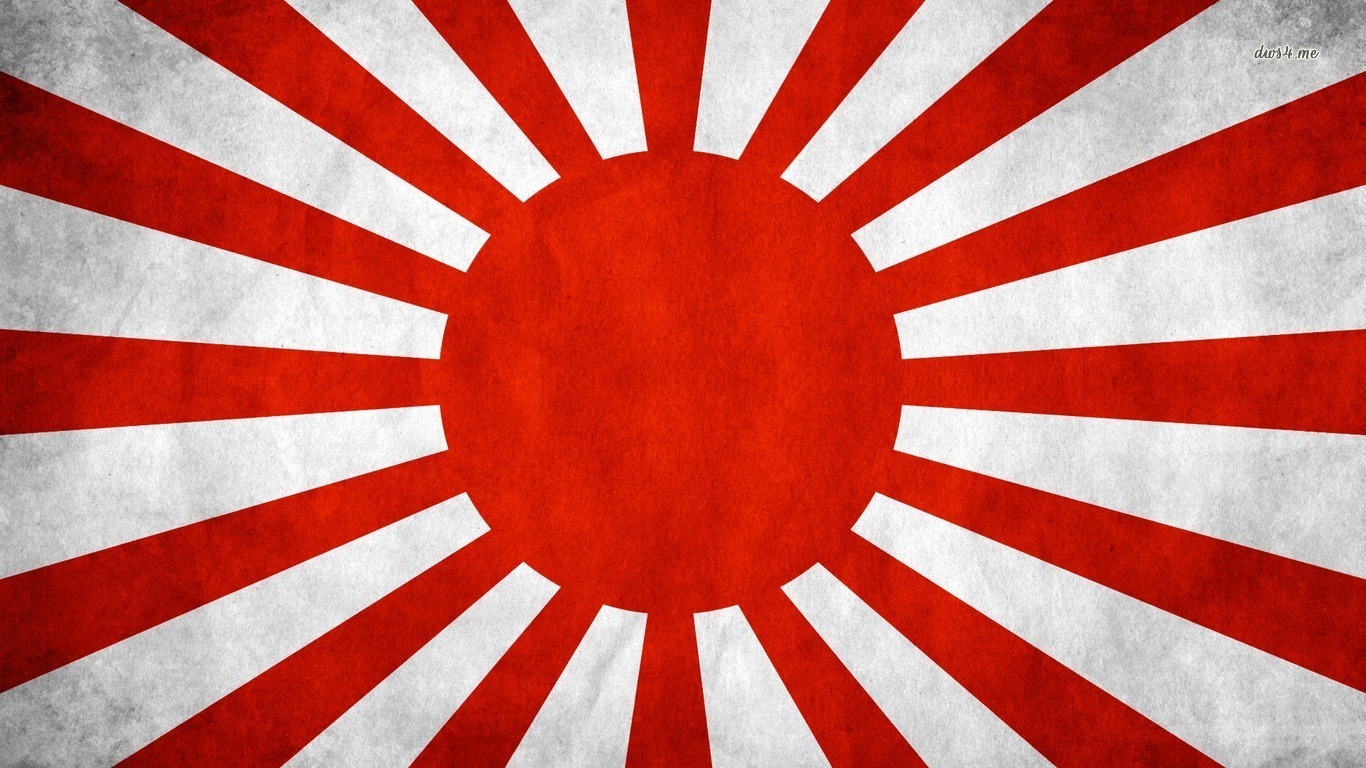
While the first-person narrative of the Maelstrom Rising series will limit each book or phase to a particular theater, the events of the series will have global scope. The interconnectedness of current global politics and economics mean that when the order breaks down in one place, there will be ripples elsewhere. And multiple simultaneous such breakdowns lead to the perfect storm that is Maelstrom Rising.
The events in East Asia and the Western Pacific during this series will be rooted in current trends already happening over the last ten years or more. While most open focus has been on China and North Korea (which will be dealt with in later installments of this article series), this article will look at the near future of Japan. Specifically, the near future of Japan as a military power.
Article 9 of the Japanese constitution, imposed by the US in 1947, states, “(1) Aspiring sincerely to an international peace based on justice and order, the Japanese people forever renounce war as a sovereign right of the nation and the threat or use of force as means of settling international disputes.
(2) In order to accomplish the aim of the preceding paragraph, land, sea, and air forces, as well as other war potential, will never be maintained. The right of belligerency of the state will not be recognized. ”
To some extent, however, the US has already been instrumental in undermining Article 9, by way of partnering with Japan to counteract North Korea and China. The Japanese Self Defense Force has deployed overseas in recent years, in support of the US mission in the Middle East, and often trains with the US Marine Corps in Hawaii and California.
This fact has been pointed out by members of the Nippon Kaigi, a resurgent nationalist and traditionalist organization in Japan, of which Prime Minister Abe Shinzo is a member. Nippon Kaigi not only espouses a stronger military, but has begun pushing back against the national shame from World War II, particularly the Rape of Nanking. Given that the Japanese have never been nearly as openly or abjectly contrite about the war as Germany has, this definitely signals the beginning of a return to the old ways in Japan, a resurgent Japanese nationalism.
And it is aimed primarily at China. Which the Chinese well understand.
There’s a lot of history behind the increasing “Hard Hedge” model of the new “proactive pacifism” of Japan’s SDF. Here’s a bit of a strategic and historical rundown. (Though it’s about four years old at this point.) There is also some domestic discomfort about this growing rearmament. However, if Nippon Kaigi gets its way, and given China’s increasing aggressiveness in the South China Sea and tensions over the Senkaku Islands, there may be no stopping Japan becoming a regional military power, especially as its navy can already challenge the PLAN.
By the time of Maelstrom Rising, this has already occurred. The Self Defense Force is no more. Article 9 has been rescinded, and the Japanese Army and Navy have grown to be able to conduct expeditionary warfare throughout the Western Pacific. While open war has not yet broken out, tensions are high, and shots have already been exchanged.
And even their nominal allies among the Southeast Asian nations are not entirely comfortable with the situation, either.